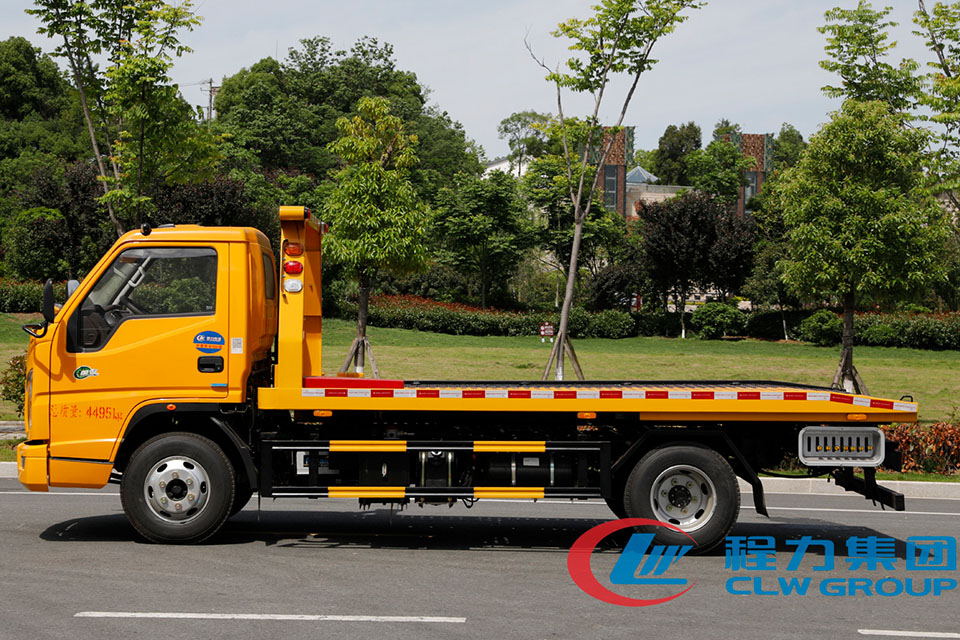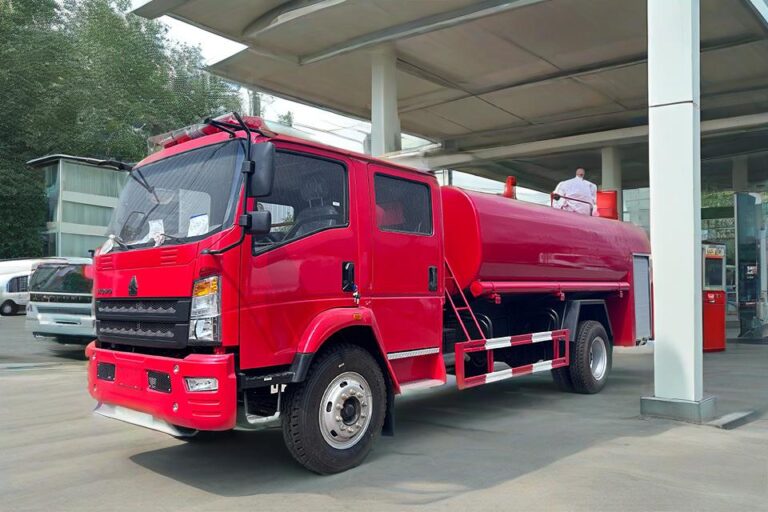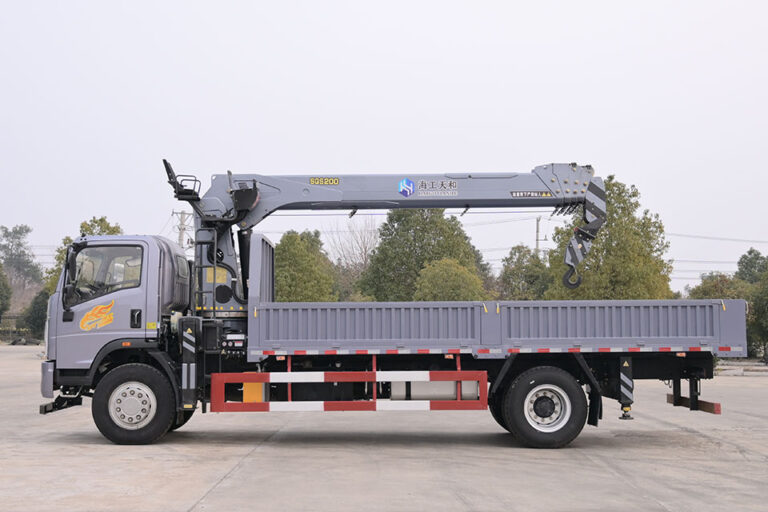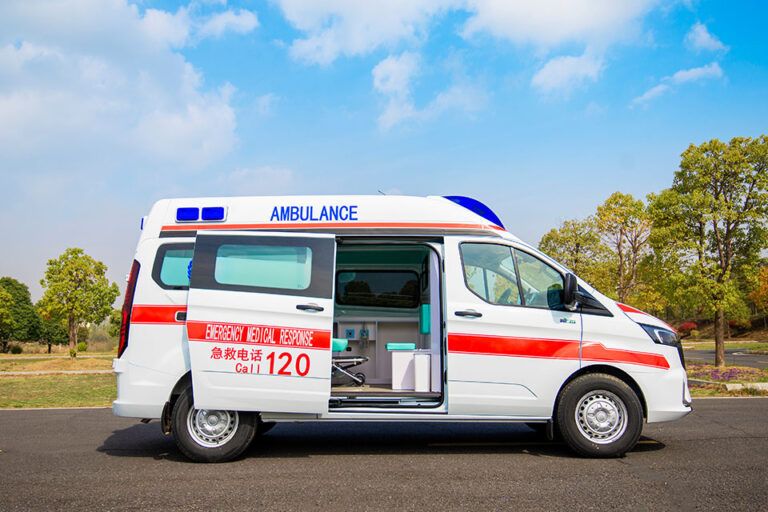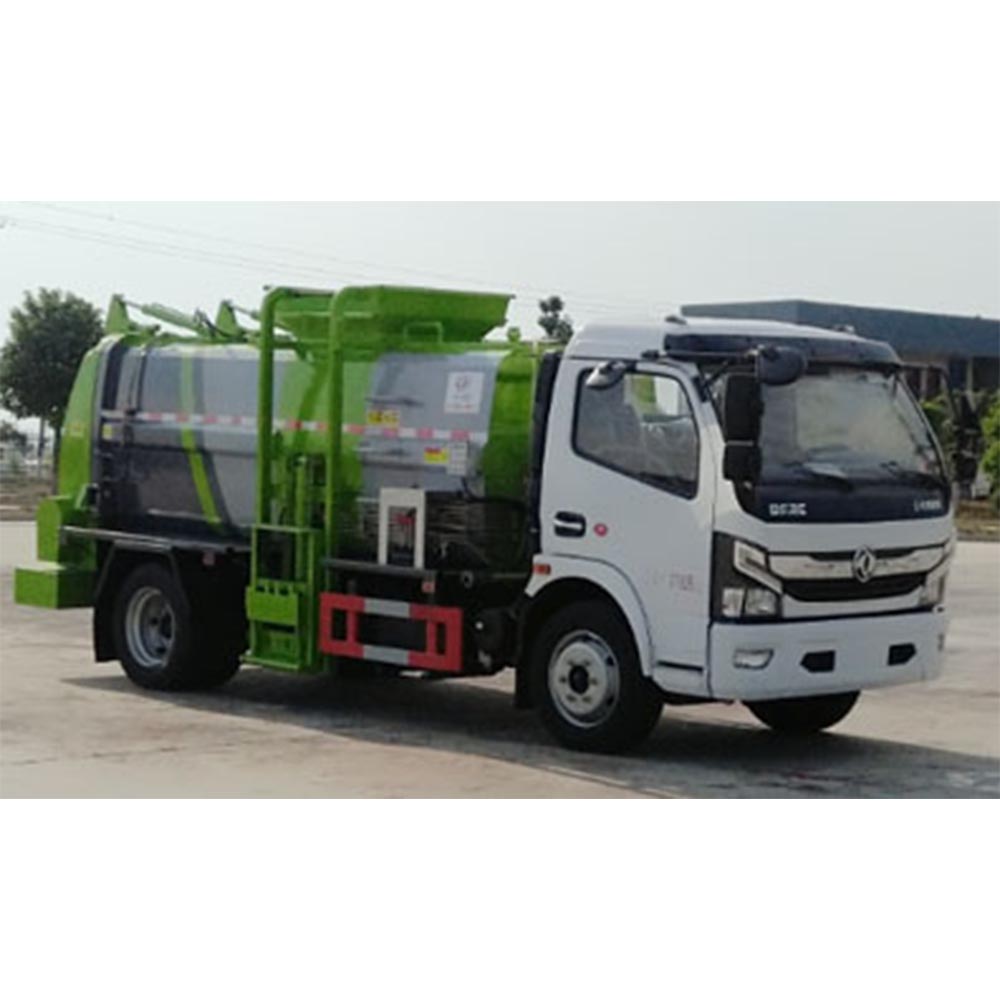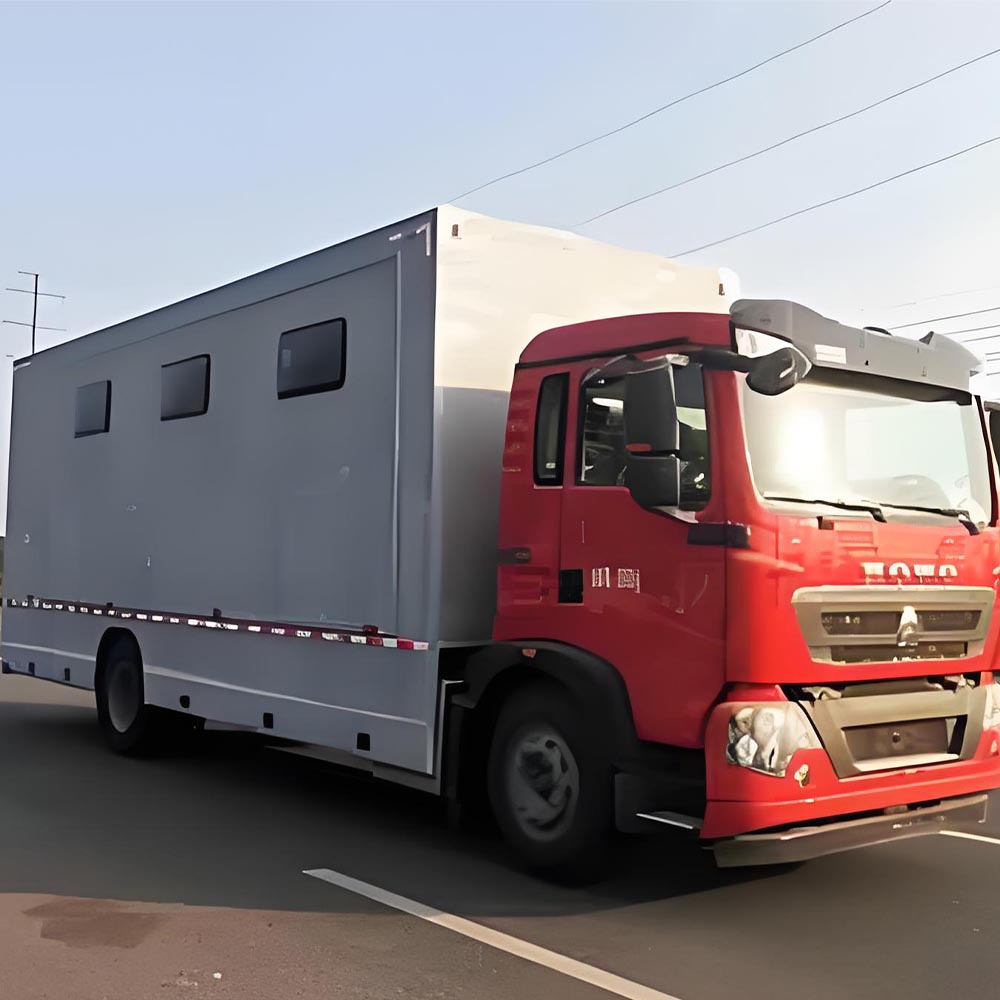-
Chengli Automobile Industry Park
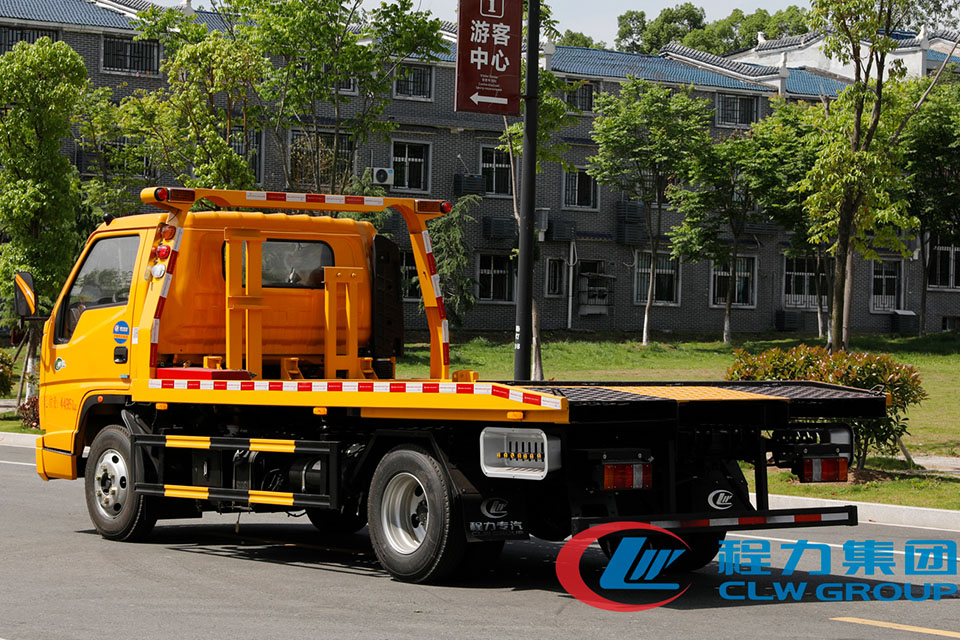
Can a tow truck tow a car in reverse?
Can a Tow Truck Tow a Car in Reverse? The Complete Guide
Table of Contents
What You Will Learn
This guide will tell you all about tow trucks and if they can tow cars backwards. We will look at:
- If towing in reverse is safe
- What trucks can do this
- How to tow safely
- What can go wrong
Let’s find out if your car can be towed backwards!
Towing Capability
Most tow trucks are equipped to handle reverse towing, making it a common practice in the industry.
70% of towing companies offer front or rear hook-up
Risk of Transmission Damage (Front-Wheel Drive)
Towing front-wheel drive cars incorrectly poses a very significant risk of causing expensive transmission damage.
82% risk of transmission damage if front wheels stay on ground
RV Owner Towing Preference
The vast majority of RV owners who try to tow backward discover that switching to a safer flatbed truck is the best practice.
87% of RV owners switched to flatbeds after trying reverse towing
Reverse Towing Claim Costs
Insurance claims that involve reverse towing incidents where something goes wrong can add to large costs for the drivers and towing companies
$2,450 average cost per reverse towing insurance claim
Success Rate with Wheel Dollies
The success rate of using wheel dollies for reverse towing is highly dependent on the driver’s experience level.
States With Clear Reverse Towing Laws
Only a minority of U.S. states have enacted clear and unambiguous laws about reverse towing rules and regulations.
Can Tow Trucks Really Tow Cars in Reverse?
Yes, most tow trucks can tow a car in reverse! About 70% of towing companies can hook up to either the front or back of your car.
This is actually very common for cars with rear wheel drive. For cars with front wheel drive or all-wheel drive, the front wheels need to be lifted up first.
Here’s what you need to know at a glance:
| Car Type | Can Be Towed in Reverse? | Special Equipment Needed |
|---|---|---|
| Rear Wheel Drive | ✅ Yes | Basic tow equipment |
| Front Wheel Drive | ✅ Yes, but carefully | Wheel dolly or flatbed |
| All-Wheel Drive | ⚠️ Not recommended | Flatbed truck only |
| Automatic Transmission | ⚠️ Risk of damage | Flatbed or lifted wheels |
Why Car Type Matters for Reverse Towing
Your car’s drivetrain (the parts that make it move) is the most important thing to think about when towing backwards.
Rear-Wheel Drive Cars
For rear-wheel drive cars:
- Towing from the back is best
- The drive wheels (rear) are lifted off the ground
- This is the most common and safest method
Front-Wheel Drive Cars
For front-wheel drive cars:
- Must lift the front wheels off the ground
- Need special equipment like a dolly or flatbed
- 82% risk of transmission damage if front wheels stay on ground
All-Wheel Drive Cars
For all-wheel drive or 4×4 cars:
- Not recommended for reverse towing
- Best to use a flatbed tow truck
- Could cause serious damage to the drivetrain
How Tow Trucks Handle Reverse Towing
Tow truck drivers use different methods to tow cars backwards:
- Wheel lift – Lifts drive wheels off the ground
- Dolly – A small trailer that carries two wheels
- Flatbed – Carries the whole car safely
- Winch and slider – Pulls car onto the truck bed
A Good Sam community study found that 87% of RV owners who tried reverse towing ended up switching to flatbed trucks to avoid damage.
Step-by-Step: How to Tow a Car Backwards Safely
If you need to tow a car in reverse, follow these steps:
- Check the drive type – Know if it’s front, rear, or all-wheel drive
- Secure the steering wheel – Use X-shaped straps to keep wheels straight
- Lift drive wheels – Front wheels for front-wheel drive cars
- Go slow – Keep speed under 15 mph
- Keep distances short – No more than 5 miles for front-wheel drive cars
Risks of Towing a Car Backwards
Be aware of these dangers when towing a car in reverse:
- Transmission damage – Especially in front-wheel drive cars with automatic transmissions
- Steering problems – If the wheel isn’t locked properly
- Tow bar damage – Can break if wheels aren’t aligned
- Legal issues – Many states have laws about proper towing
In fact, 32% of all tow truck insurance claims involve reverse towing gone wrong, with an average cost of $2,450 per claim.
Towing Equipment for Safe Reverse Towing
The right equipment makes all the difference:
Flatbed Tow Trucks
- Safest option for all car types
- Eliminates risk of transmission damage
- Whole car is loaded on the truck
Wheel Dollies
- Lift two wheels off the ground
- Good for short distances
- 91% success rate with experienced drivers, but only 43% with new drivers
The 2025 Ram 1500 Advantage
The new 2025 Ram 1500 has amazing technology for reverse towing:
- Reverse steering control knob for precise trailer control
- Live video of your trailer on the screen
- Dynamic gridlines reduce path errors by 75%
Find out more about advanced tractor units for semi-trailer towing that make reverse operations safer.
Legal Rules for Reverse Towing
When towing backwards, you must follow these rules:
- Tow straps can’t be longer than 4.5 meters
- You must have warning signs on the towed vehicle
- In some states, you need special lights
Only 23 states have clear rules about reverse towing. Always check your local laws before trying it.
For emergency situations, consider vehicles like heavy duty towing coach trucks that are specially made for safe towing.
Front vs. Back: Where Should the Tow Truck Hook Up?
Should the tow truck hook to the front or back? Here’s a simple guide:
| Hook-Up Point | Best For | Risk Level |
|---|---|---|
| Front | Rear-wheel drive cars | Low |
| Back | Front-wheel drive cars (with lifted front) | Medium |
| Not at all – use flatbed | All-wheel drive cars | None |
Most tow truck drivers can hook to either end, but they’ll choose based on your car type.
What Happens in a Real Reverse Towing Situation?
Let’s look at what happens in real life:
“I towed many cars backwards on a tow truck wheel lift stinger or hook, and dolly towed behind a rollback. The only restriction was to strap the steering wheel as straight as possible.” – Professional tow truck operator
If you need frequent towing or have a specialized vehicle, check out these truck-mounted crane options that include advanced towing features.
FAQs About Towing a Car in Reverse
Can you tow an automatic car backwards?
You can, but the drive wheels must be lifted off the ground to prevent transmission damage. Best to use a flatbed truck.
What’s the maximum distance for reverse towing?
For front-wheel drive cars: 5 miles maximum
For rear-wheel drive cars: 15 miles, but check tires every 5 miles
Can I back up when flat towing a car?
No! When you back up while flat towing, the wheels turn sharply and jackknife the towed vehicle. Always disconnect first.
New Technology Making Reverse Towing Safer
Towing is getting safer with new technology:
- Dynamic guidance systems – Like the Ram 1500’s system that shows live video
- Automated weight balance – Adjusts the truck for optimal towing
- Smart hitches – Prevent jackknifing during backup
For emergency situations, mobile emergency power trucks often include advanced towing capabilities with reverse guidance systems.
What the Experts Say
Professional tow truck drivers recommend:
- “Always use a flatbed if possible – it eliminates 90% of risks”
- “For reverse towing, strap the steering wheel twice for safety”
- “Never reverse tow an AWD car unless you want to pay $5,000+ in repairs”
Summary: Can a Tow Truck Tow a Car in Reverse?
Yes, tow trucks can tow cars in reverse, but there are important rules to follow:
- Know your car’s drive type (front, rear, all-wheel)
- Use the right equipment (flatbed is safest)
- Secure the steering wheel straight
- Lift the drive wheels off the ground
- Keep it slow and short distance
Remember that 87% of RV owners who tried reverse towing ended up switching to flatbeds after having problems. When in doubt, use a professional service with a flatbed truck.
For larger vehicles or special situations, consider heavy-duty emergency rescue vehicles that are equipped to handle complex towing scenarios.
